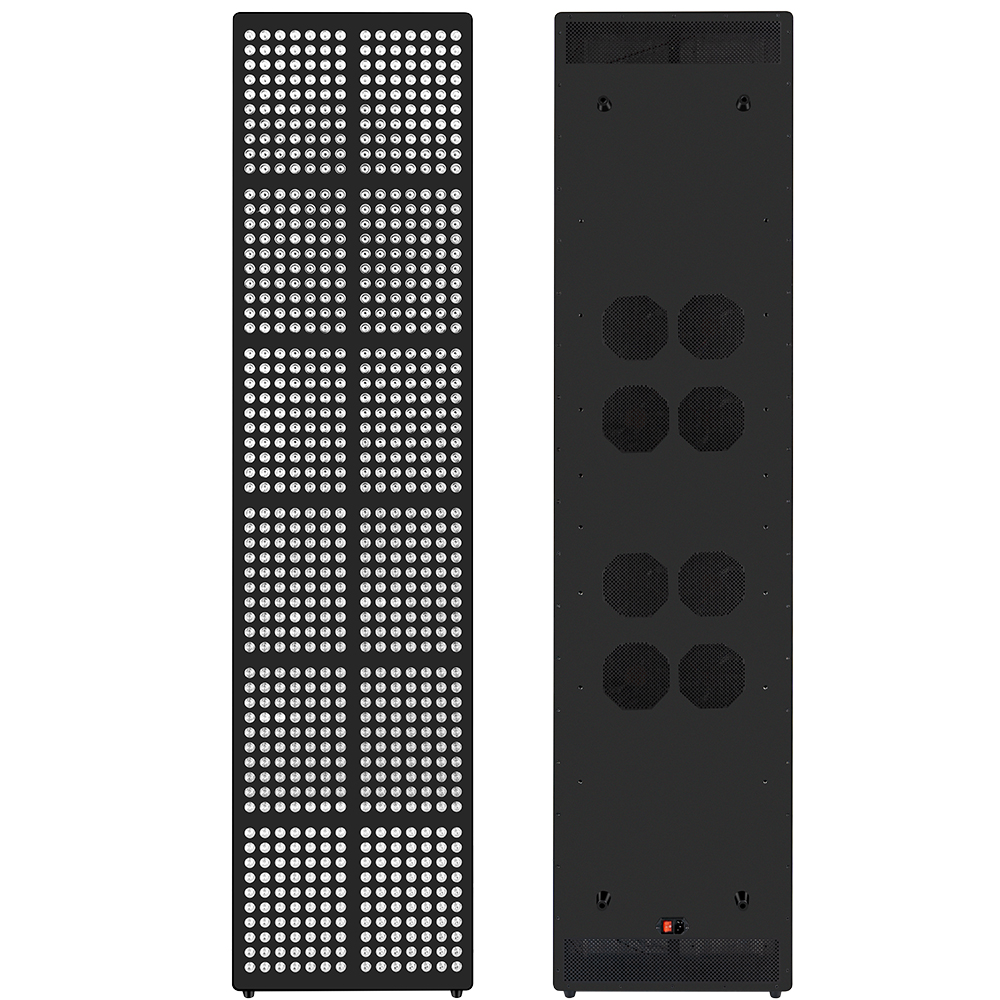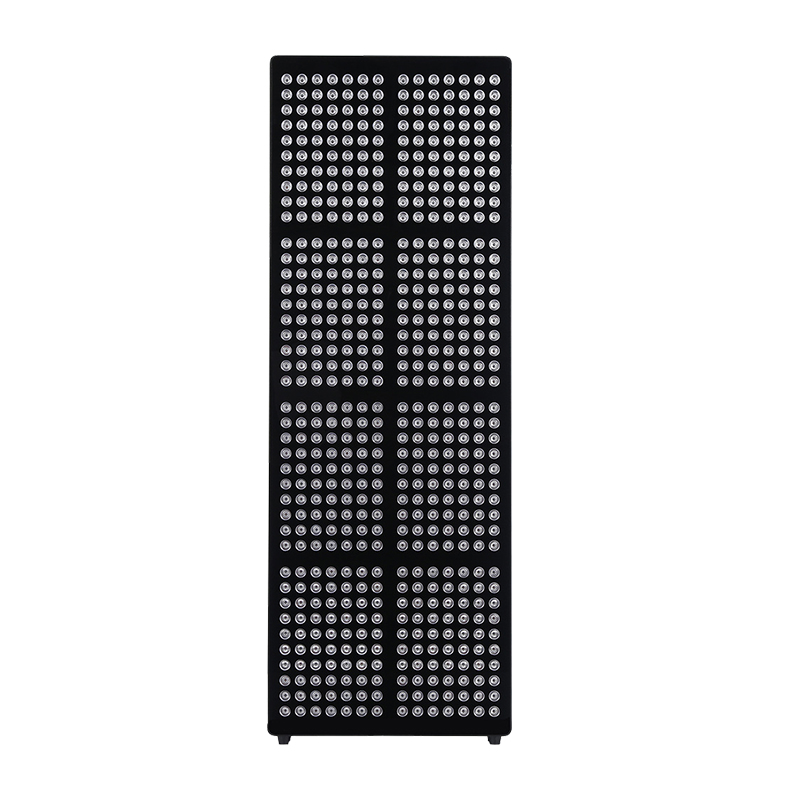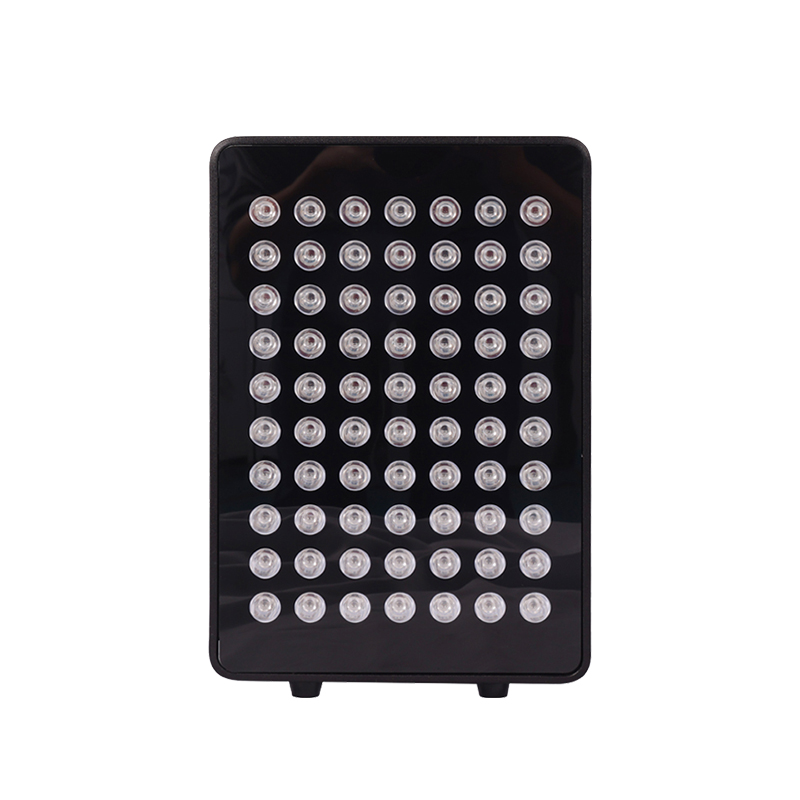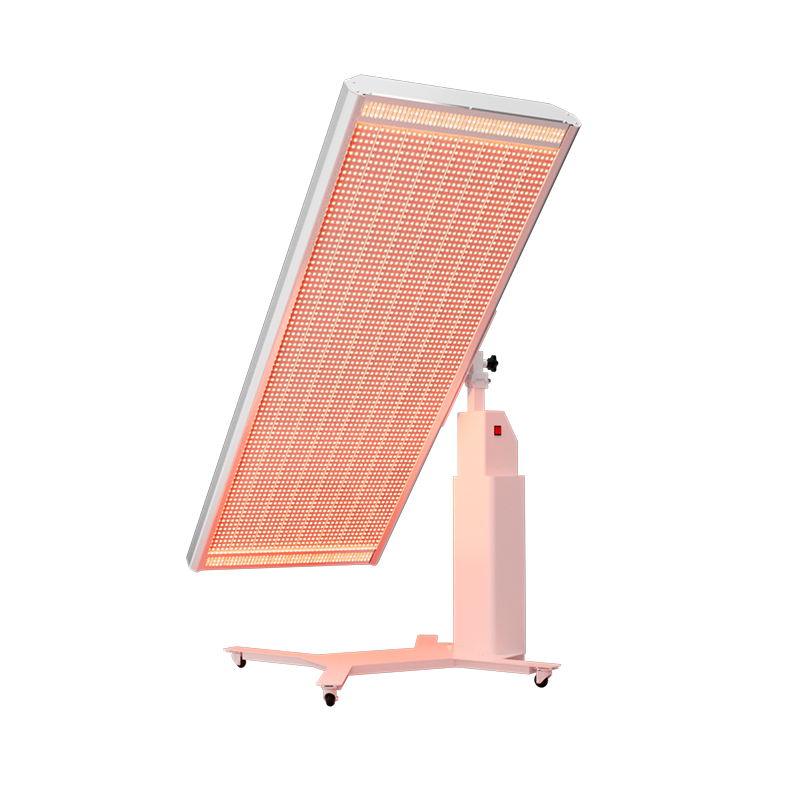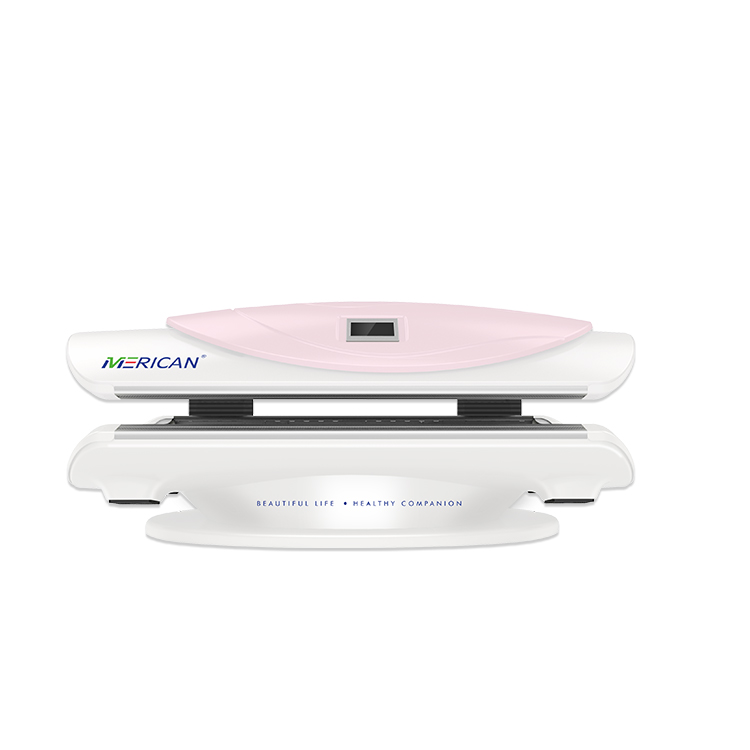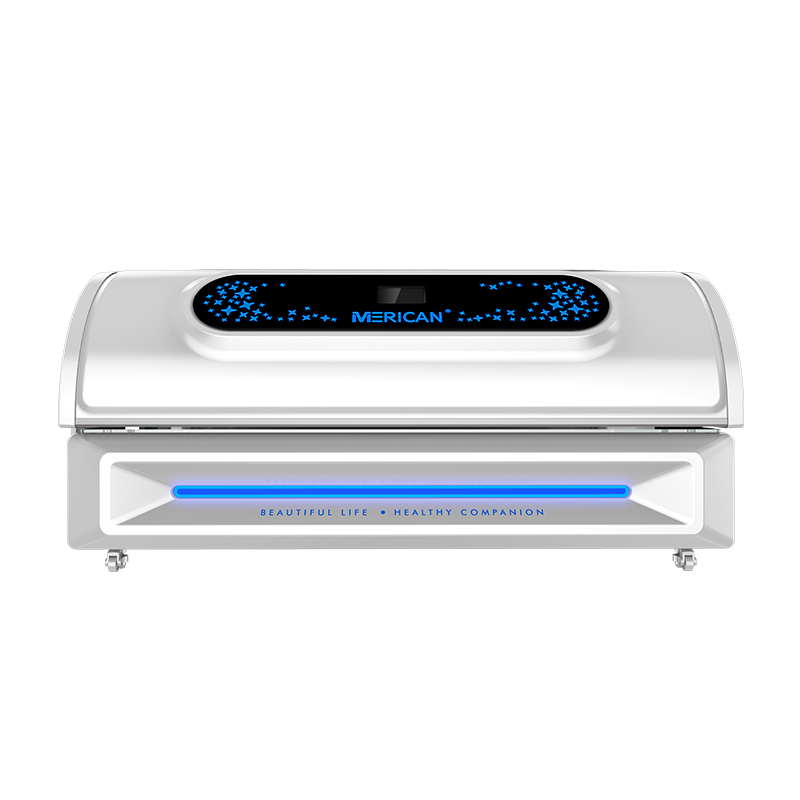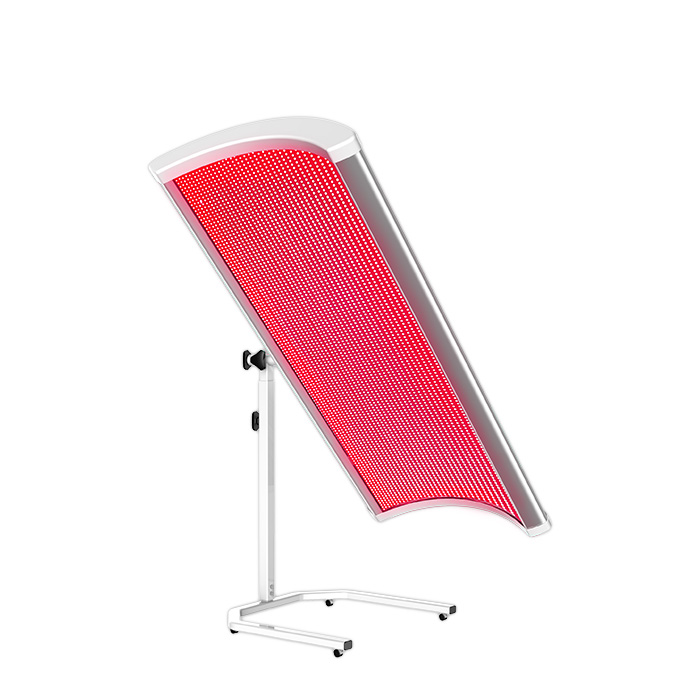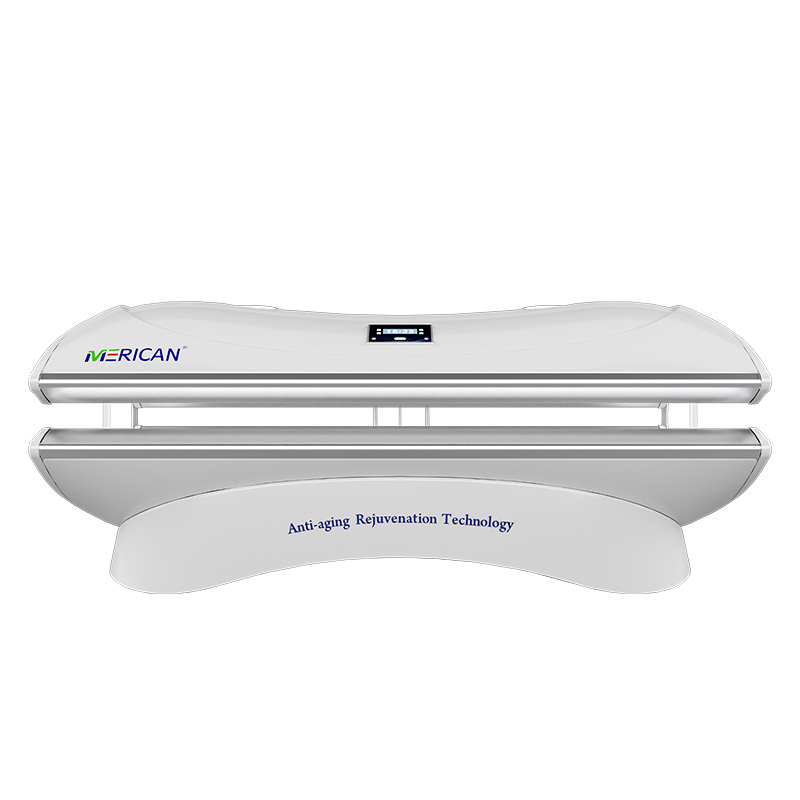A 2014 Rezension angeschaut 17 Studien zu den Auswirkungen der Rotlichttherapie auf die Reparatur der Skelettmuskulatur zur Behandlung von Muskelverletzungen.
„Die Haupteffekte von LLLT waren eine Verringerung des Entzündungsprozesses, die Modulation von Wachstumsfaktoren und myogenen Regulierungsfaktoren, und erhöhte Angiogenese.“
Die analysierten Studien belegen die positiven Auswirkungen von rotem Licht auf den Muskelreparaturprozess.

Was ist die Rotlichttherapie?
Rotlichttherapie (RLT), auch als Photobiomodulation bekannt, Es hat sich gezeigt, dass es in verschiedenen Zusammenhängen die Heilung von Verletzungen beschleunigt.
Der Mechanismus hinter dieser Beschleunigung umfasst mehrere biologische Prozesse, die durch die spezifischen Wellenlängen des bei der RLT verwendeten Lichts stimuliert werden, besonders rot (630-660 nm) und fast infrarot (850 nm) Wellenlängen.

Die Vorteile der Rotlichttherapie
Die Rotlichttherapie ist lebenswichtig, und es gibt viele Vorteile für uns. Hier sind einige Möglichkeiten, wie die Rotlichttherapie die Heilung unterstützen kann.
1. Erhöhte ATP-Produktion
Durch die Rotlichttherapie wird die Produktion von Adenosintriphosphat angeregt (ATP), der primäre Energieträger in Zellen. Diese erhöhte Energieproduktion verbessert die Zellfunktion und Reparaturprozesse.
2. Reduzierte Entzündung
RLT kann Entzündungen reduzieren, indem es entzündliche Zytokine moduliert und die Auflösung von Entzündungen fördert. Dies ist besonders in den frühen Stadien der Heilung von Vorteil, Dabei kann die Reduzierung von Entzündungen Sekundärschäden verhindern und den Übergang zur Reparaturphase der Heilung fördern.
3. Verbesserte Kollagenproduktion
Kollagen ist ein wichtiger Bestandteil des Bindegewebes, einschließlich Sehnen, Bänder, und die extrazelluläre Matrix der Haut. Eine Rotlichttherapie kann Fibroblasten stimulieren, die Zellen, die für die Produktion von Kollagen verantwortlich sind, Dies führt zu einer verbesserten Gewebereparatur und -festigkeit.
4. Verbesserte Durchblutung
RLT kann die lokale Durchblutung erhöhen, Dadurch wird der verletzte Bereich mit mehr Sauerstoff und Nährstoffen versorgt. Diese verbesserte Durchblutung trägt auch zur Entfernung von Abfallprodukten und Giftstoffen bei, Schaffung eines günstigeren Umfelds für die Heilung.
5. Beschleunigte Zellreparatur und -regeneration
Durch die Stimulierung der zellulären Energieproduktion und die Reduzierung von oxidativem Stress, Eine Rotlichttherapie kann die Reparatur und Regeneration geschädigter Zellen beschleunigen. Dies ist insbesondere bei Weichteilverletzungen von Vorteil, Wunden, und sogar neurologische Schäden.
6. Schmerzlinderung
RLT hat nachweislich eine analgetische Wirkung, Dies kann bei der Behandlung von verletzungsbedingten Schmerzen hilfreich sein. Dies kann indirekt den Heilungsprozess unterstützen, indem es eine bessere Beweglichkeit ermöglicht und den Bedarf an Schmerzmitteln, die möglicherweise Nebenwirkungen haben, verringert.
Insgesamt, Diese Effekte tragen gemeinsam zur Wirksamkeit der RLT bei der Behandlung von Skelettmuskelverletzungen bei. Die Therapie kann helfen, Schmerzen zu lindern, Schwellung, und Erholungszeit, Dies führt zu einer schnelleren Heilung und besseren Ergebnissen.
Tmehrweg
Die Ergebnisse, die darauf schließen lassen, dass RLT eine ausgezeichnete therapeutische Ressource für die Behandlung von Skelettmuskelverletzungen ist, werden durch eine wachsende Zahl von Beweisen aus klinischen Studien und Forschung gestützt.
Es ist wichtig zu beachten, dass RLT zwar vielversprechend ist, die optimalen Behandlungsprotokolle (einschließlich Wellenlänge, Intensität, Dauer, und Häufigkeit der Behandlung) kann je nach Art und Schwere der Verletzung variieren.
Also, it’s beneficial to consult with a healthcare professional or a specialist in photobiomodulation to determine the most appropriate treatment plan.











